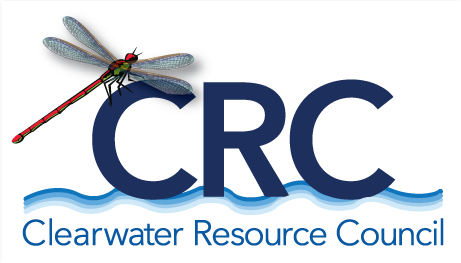Fuels Task Force
Overview
In 2004, the Seeley Lake Rural Fire Department, in conjunction with the Montana Department of Natural Resources and Conservation (MT DNRC), US Forest Service, and Swan Valley Volunteer Fire Department, prepared the Seeley-Swan Fire Plan to help guide and focus wildfire mitigation activities in the wildland-urban interface (WUI). The Seeley Lake Fuels Mitigation Task Force was created to implement this Fire Plan and has functioned effectively in this role for the past several years.
The Task Force is a cooperative group including representatives from the Clearwater Resource Council, Seeley Lake Rural Fire Department, US Forest Service, MT DNRC, Swan Ecosystem Center, and Bitterroot Resource Conservation & Development. The two major tasks of the Task Force are to keep the Fire Plan current and to provide convenient, professional assistance to private landowners with regard to fuels mitigation.
Seeley-Swan Fire Plan
The goals of the 2004 Fire Plan were to 1) develop a community fire plan that could be integrated with local comprehensive growth and development plans as well as broader landscape plans to ensure social, economic, and ecological concerns were addressed at all levels, and 2) develop a framework to ensure wildfire policy, prevention, suppression, and funding efforts were coordinated locally among stakeholders that included local communities as well as private and public organizations.
The Task Force updated the Fire Plan in May 2008, with technical assistance from the Ecosystem Management Research Institute. Primary updates to the 2004 Fire Plan include mapping of fuels mitigation work completed in the past four years, mapping of areas affected by fire during this time period, updating of contacts and related resources in the Fire Plan, and a revision of the fuels layer using the Landfire database that was produced in the interim. This resulted in a change to the fire hazard map. The area of the Fire Plan was also expanded to include the entire Clearwater River watershed and expanded further north in the Swan River watershed.
Download the 2013 update and revision of the Seeley-Swan Fire Plan »
Fuels Mitigation on Private Lands
The Seeley Lake Fuels Mitigation Task Force offers "one stop shopping" for private land owners who want assistance with thinning their lands. Federal and state funds are available for fuels thinning work on private lands, but determining which lands meet the criteria for which source, knowing when and where to apply for the funds, knowing how to complete the appropriate paper work, and knowing who is available to do the thinning have been obstacles to landowners in the past.
The Task Force has reduced these difficulties by establishing one local program to apply for funds and a standard procedure for obtaining financial help. They developed one application form that is used to apply for any of the available funds. Once completed, they review applications and, for appropriate landowners, provide matching funds from an appropriate source. Landowners are provided with a list of reputable contractors to choose from to conduct the thinning project, and the fuels mitigation coordinator is available to assist with harvesting and thinning assessments and paper work.
Under this program, landowners typically pay 25-50% of the cost of thinning their lands, and the Task Force contributes the remainder. The average cost of thinning per acre ranges from $900 to $1400, depending on the conditions of the area to be thinned. This translates to a cost of $225 to $350 per acre for landowners for a 25% cost share. Sometimes, the receipts from timber sales on a property cover the landowner's 25%, meaning that the landowner pays nothing out-of-pocket to thin his lands. The cost share is determined by the terms of the underlying grant used to provide the funds.
Download the grant application »
For more information, contact the Seeley Lake Rural Fire Department at (406) 677-2400 or CRC’s Jon Haufler - email jon@crcmt.org or by phone: 406-499-0264.
Why should I thin my property?
Reduce the fire risk to your property
Improve the health of the forest, thereby enhancing the value of your property
Protect yourself and your neighbors from wildfire
Assist fire protection agencies by improving the fire safety of your lot and your neighborhood.
